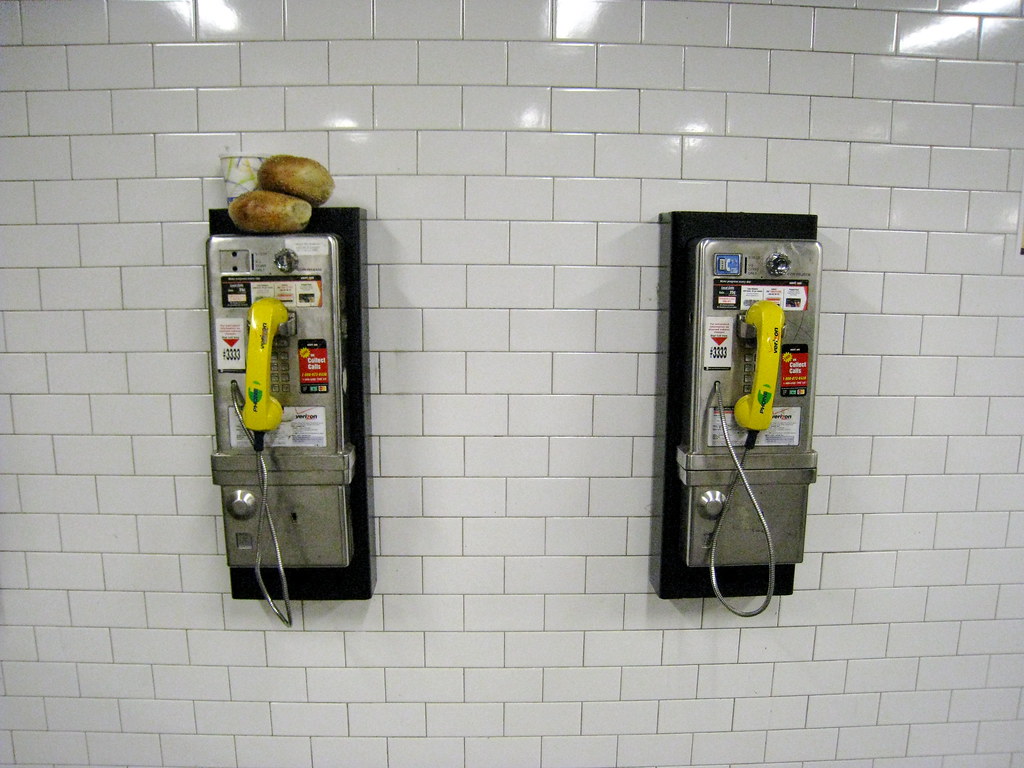Earlier this week, amNew York’s Heather Haddon reported on some problems plaguing the CBTC tests on the L train. According to union workers who stand to lose their jobs if CBTC is deemed a success, now and then a train on autopilot overshoots the platform and, per Transit regulations, has to proceed to the next station.
Today, the Daily News ran the other half of this labor/Transit war. Pete Donohue reports that the CBTC test is running smoothly. Transit has deployed ten of these trains along the BMT Canarsie Line, and Transit’s chief engineer says the CBTC trains have the tracks and red light system down pat. “There can be no human error,” she said.
So what’s really going on here is a battle in the papers. Union leaders and members know that CBTC can cost jobs, and Transit officials know that CBTC can improve track capacity. The debate between technological efficiency and jobs has long raged in the workplace, and the MTA is just another arena for it.



 For a long time, New Yorkers have been waiting for the debut of communications-based train control. Long promised for the L line, the automated control of trains should speed up travel and subway efficiency while increasing the number of trains the MTA can run per hour on one of the system’s most popular lines.
For a long time, New Yorkers have been waiting for the debut of communications-based train control. Long promised for the L line, the automated control of trains should speed up travel and subway efficiency while increasing the number of trains the MTA can run per hour on one of the system’s most popular lines. 